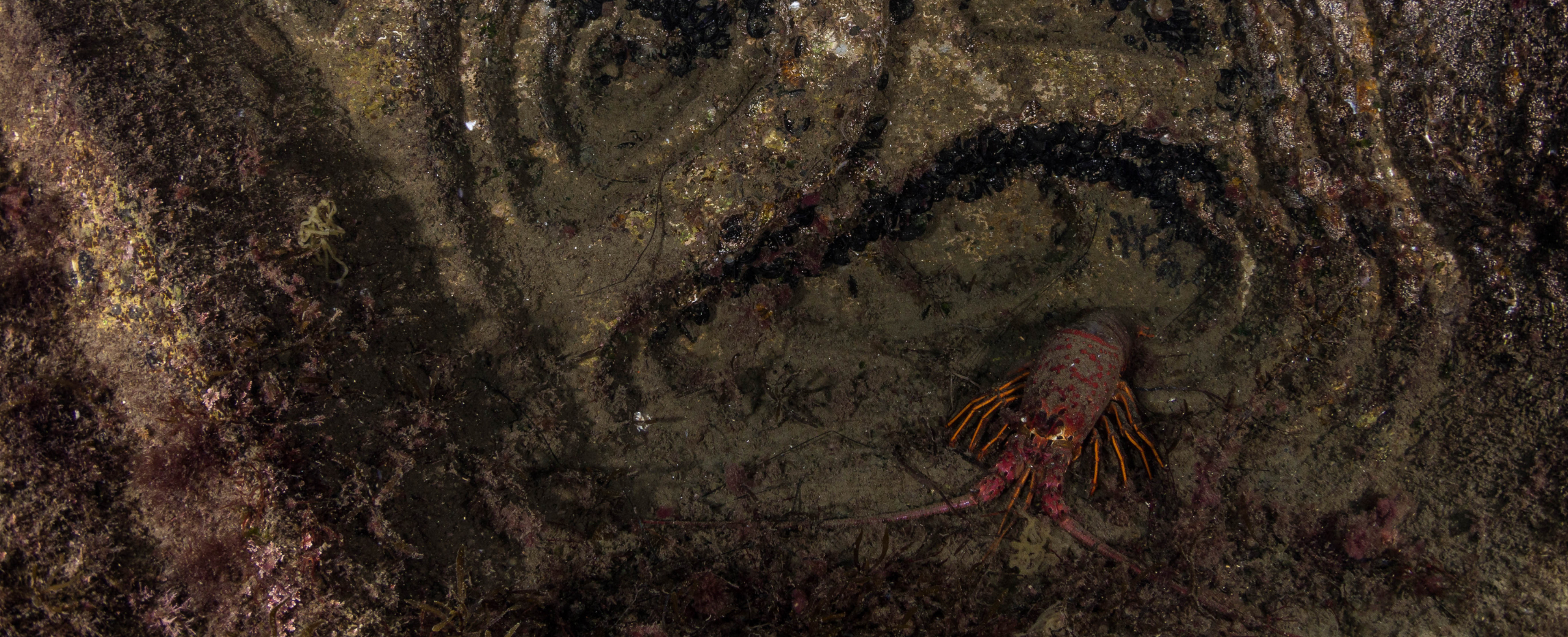Why UN Sustainable Development Goals?
In an effort to reduce the impact of human development on the environment, the United Nations Development Program has set a 2030 target to achieve 17 Sustainable Development Goals, or SDGs.
As our global population increases, so does the pressure on our environment and natural resources. Construction and buildings currently account for 40% of global CO2 emissions. New construction, especially in sensitive marine areas, is quickly reducing natural habitats. Yet, sustainable solutions are only a tiny portion of the construction industry. In the buildings sector for example, “for every $1 spent on energy efficiency $37 are spent on conventional construction approaches.” While green construction practices take root on land, with solutions like green roofs, walls, and facades, sustainable construction solutions are often missing from our urban waterfronts.
By implementing technologies with multiple co-benefits, we can reduce the carbon footprint of ports, marinas and other coastal development projects, while making them more resilient and adaptive to climate change.
Eco-engineering a sustainable future
Concrete currently makes up 70% of marine infrastructure. Most of that concrete is made of Portland cement, a “grey” material that does not support “green” marine life. Simple solutions can transform the concrete used in maritime construction, enabling ports, offshore energy suppliers, and urban waterfront to meet the ambitious SDGs.
By aligning with these goals, companies can create sustainable infrastructure solutions and maximize benefits in a world with growing challenges and shrinking resources. According to Ernst and Young (EY) “All companies stand to gain from more resilient communities, reliable access to natural resources, and an educated and healthy population to support their workforce. By helping drive progress toward these outcomes and creating shared value, companies can help to secure their ability to generate capital and shareholder value over the long-term.”
Meeting the challenge
ECOncrete provides ecological concrete technologies for coastal and marine construction that help marine life flourish on and around concrete infrastructure. By installing a technical solution that restores marine life (SDG 14; Life Below Water), organizations that use ECOncrete reduce the ecological footprint of concrete and revive coastal biodiversity (SDG 11; Sustainable Cities). More biology growing on concrete also improves the strength and durability of concrete infrastructure (SDG 9; Innovation).
Produced from over 92% recycled industrial byproducts (SDG 12; Responsible Consumption and Production) ECOncrete’s bio-enhancing admix has a manufacturing carbon footprint that’s up to 70% lower than conventional Portland Cement-based concrete products (SDG 13; Climate Action). The admix also supports biocalcification (the accumulation of calcium-carbonate based animals, like oysters) and photosynthesis on the concrete, enabling concrete infrastructure to become an active carbon sink.
When applied in the construction of coastal defense projects such as breakwaters or seawalls aimed primarily at climate adaptation, ECOncrete boosts the performance of infrastructure by harnessing processes that already occur naturally in marine environments, like biocalcification (SDG 14; Life Below Water). This further increases the resilience and adaptivity of the structures (SDG 9; Innovation).
In the United States, multiple large-scale coastal construction projects have goals of restoring the environment, while protecting waterfronts from flooding and storms (SDG 11; Sustainable Cities and Communities). For example, “Living Breakwaters” is an ecologically envisioned storm protection project that will reduce flooding and erosion risk, revive natural marine habitats (SDG 14; Life Below Water), and connect residents to Staten Island’s shoreline.
We have solutions!
To meet the SDGs by the UN’s goal of 2030, sustainable construction projects need to be implemented wherever possible. In order to change our “business as usual” trajectory, ready-for-market tools for sustainable development must be used. ECOncrete is supporting a variety of partners in deploying these sustainable construction technologies, changing the way our coastlines look and function and building a resilient, climate-adapted future.
